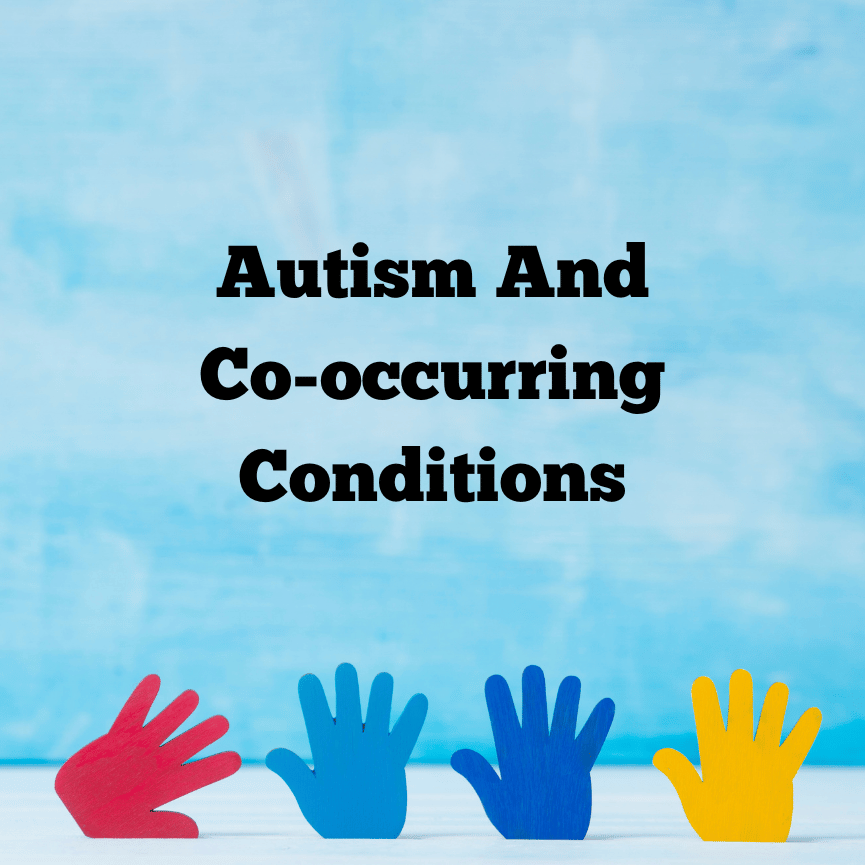
- May 09, 2024
- 86 Views
- 0 Comments
Managing Autism And Co-Occurring Conditions
Autism Spectrum Disorder (ASD) is a complex neurodevelopmental condition that affects millions of individuals worldwide. While ASD itself presents a unique set of challenges, it often co-occurs with other medical or psychiatric conditions, creating a complex landscape for individuals and their families. In this comprehensive guide, we will explore the world of autism and co-occurring conditions, shedding light on the importance of early detection, diagnosis, and effective management. We will delve into the most common co-occurring conditions, their impact on individuals with ASD, and strategies to navigate this dual diagnosis.
Understanding Autism Spectrum Disorder
Before delving into the intricacies of co-occurring conditions, it's crucial to have a solid understanding of Autism Spectrum Disorder itself. In this chapter, we'll cover:
Defining Autism Spectrum Disorder: An in-depth explanation of what ASD is, its diagnostic criteria, and the various ways it can manifest in individuals.
Causes and Prevalence: An exploration of the factors that may contribute to the development of ASD and its prevalence worldwide.
Early Signs and Diagnosis: The importance of early detection and the diagnostic process, including the role of healthcare professionals.
Co-Occurring Conditions with ASD
Autism rarely occurs in isolation. Many individuals with ASD also experience co-occurring conditions. In this chapter, we'll discuss:
- Common Co-Occurring Conditions: A detailed examination of conditions such as ADHD, anxiety disorders, epilepsy, and intellectual disabilities, which frequently accompany ASD.
- Less Common Co-Occurring Conditions: An overview of less prevalent but significant conditions like bipolar disorder and schizophrenia in the context of ASD.
- The Complexity of Dual Diagnoses: A discussion on why dual diagnoses can be challenging, including the potential for overlapping symptoms and the need for individualized assessment.
Impact on Individuals and Families
Dual diagnoses can have a profound impact on individuals with ASD and their families. In this chapter, we'll explore:
- Emotional and Behavioral Challenges: An examination of how co-occurring conditions can exacerbate certain emotional and behavioral challenges commonly seen in individuals with ASD.
- Educational and Social Implications: Insights into how dual diagnoses can affect educational opportunities and social interactions for individuals with ASD.
- Family Dynamics: A discussion of the impact on family dynamics, including the emotional and practical challenges faced by caregivers.
Diagnosis and Assessment
Accurate diagnosis and assessment are crucial for individuals with ASD and co-occurring conditions. In this chapter, we'll cover:
- Diagnostic Process: An overview of the diagnostic process, including the role of clinicians, assessments, and tools used to identify co-occurring conditions.
- Interdisciplinary Approach: The importance of a multidisciplinary team in evaluating and treating dual diagnoses.
- Tailored Interventions: Strategies for creating individualized treatment plans that address both ASD and co-occurring conditions.
Treatment and Intervention Strategies
Effectively managing dual diagnoses requires a comprehensive approach. In this chapter, we'll discuss:
- Pharmacological Interventions: An exploration of medication options for managing co-occurring conditions, their benefits, and potential side effects.
- Behavioral Interventions: The role of behavioral therapies, including Applied Behavior Analysis (ABA) and Cognitive-Behavioral Therapy (CBT), in improving the lives of individuals with dual diagnoses.
- Supportive Services: An overview of support services such as speech therapy, occupational therapy, and social skills training.
Coping Strategies and Support
Coping with dual diagnoses can be overwhelming, but there are valuable resources and strategies available. In this chapter, we'll cover:
- Self-Care for Caregivers: Tips and strategies for caregivers to manage stress and maintain their well-being while supporting their loved ones.
- Support Groups: The benefits of joining support groups for individuals with dual diagnoses and their families.
- Advocacy and Education: How advocacy efforts and continued education can empower families and individuals with ASD and co-occurring conditions.
Future Directions and Research
The field of autism research is continually evolving. In this chapter, we'll explore:
- Emerging Research: A glimpse into recent and upcoming research initiatives focused on understanding and treating dual diagnoses.
- Technological Advances: How technology, including telehealth and digital interventions, is shaping the future of autism and co-occurring condition management.
In this comprehensive guide, we've journeyed through the world of autism and co-occurring conditions, highlighting the challenges and opportunities that arise when individuals are faced with a dual diagnosis. By understanding the nuances of ASD and the conditions that often accompany it, we can better equip individuals, families, and healthcare professionals to navigate this complex terrain. With early detection, tailored interventions, and ongoing support, individuals with dual diagnoses can lead fulfilling lives and reach their full potential.



Comments - 0 comments till now